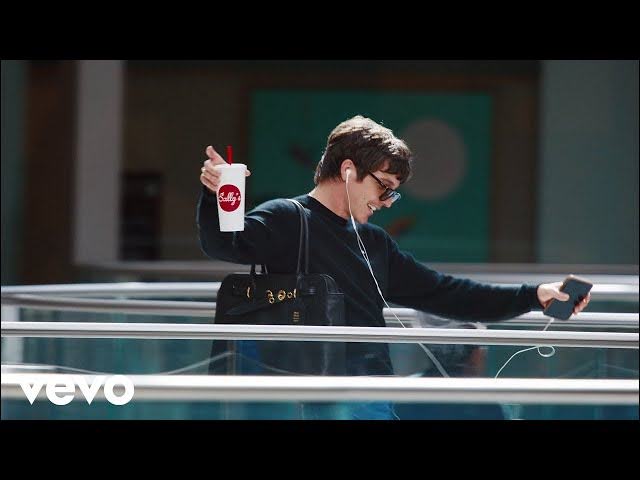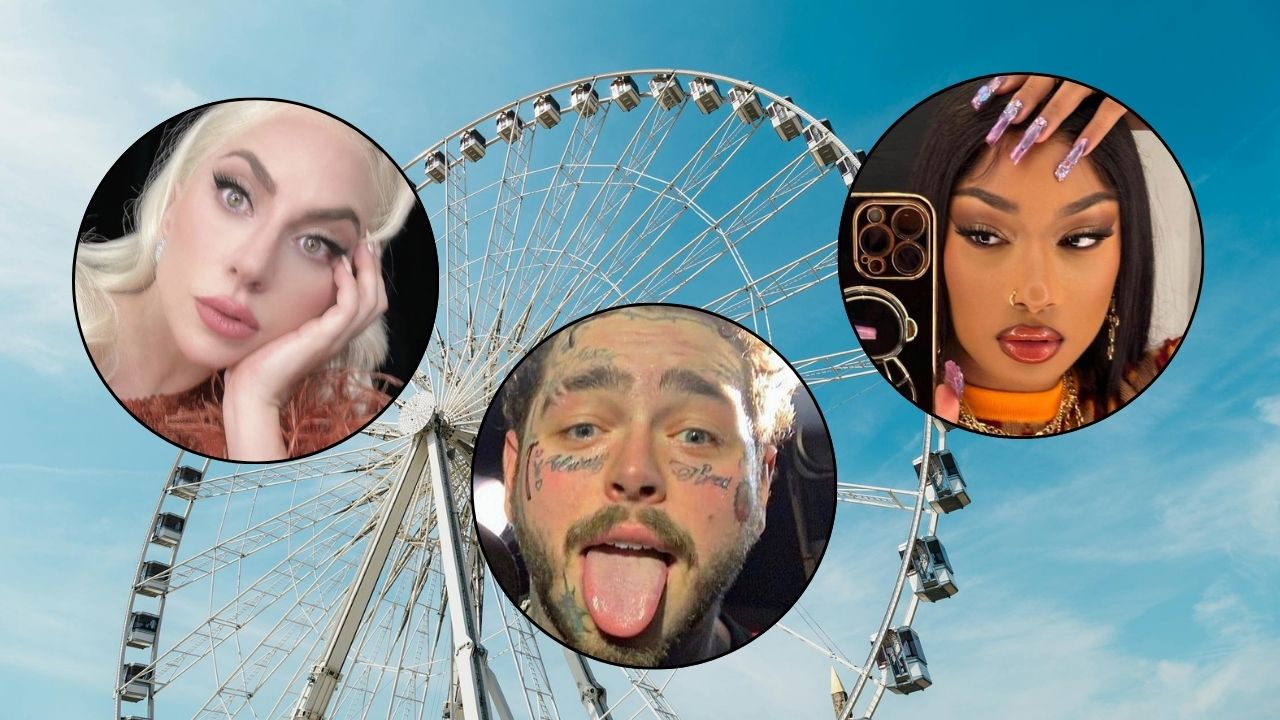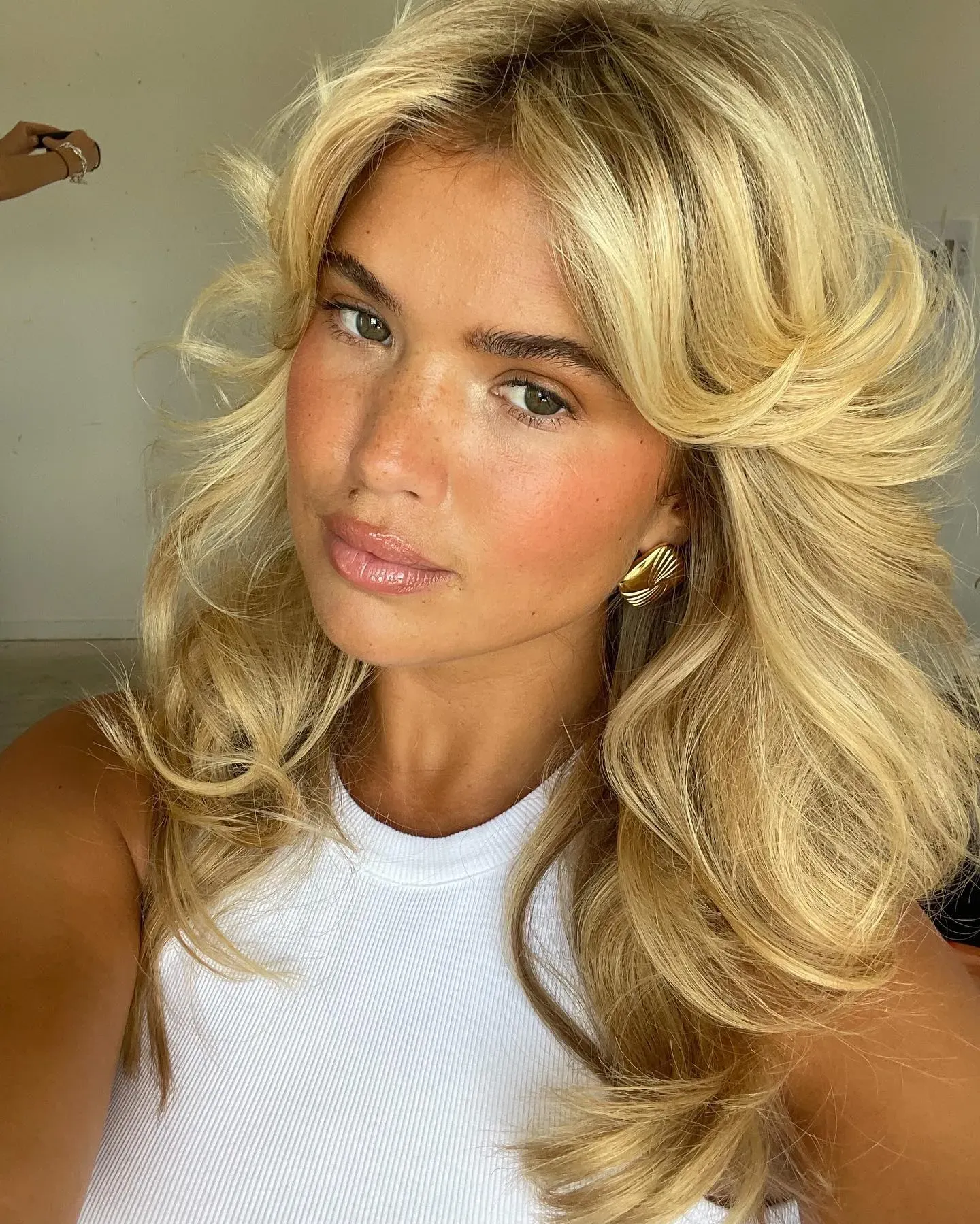
Nicki Minaj Pink Friday album cover
In October 2010, Nicki Minaj released her most infamous verse: a feature on Kanye West’s “Monster.”
The story goes that Kanye West almost cut her verse from the song, worried it was so good that it would distract from the rest of the song and even the rest of his album. He was right.
Award-winning duo Jay-Z and Kanye West, a combination which feels vintage now, teamed up with Rick Ross and relative newcomer, Minaj, on a thematic track released right in time for Halloween. While Nicki had already appeared in high profile tracks and released EPs and mixtapes of her own, “Monster” was an illustrious credit.
As she mentions in the song, at that point in her career, she had “no album out.” Yet, she was already a highly requested credit. Minaj’s career had been building for a long time. After gaining some underground recognition for her third mixtape in 2007, Nicki was discovered by Lil Wayne and signed to his record label in 2009.
In the year following, Nicki rose to massive commercial success. She was featured on tracks by prominent mainstream rappers and began releasing songs from her upcoming debut album. It wasn’t all smooth sailing — the initial lead single on her album, “Massive Attack,” was dropped after performing poorly on the charts, which didn’t bode well.
So with the critical acclaim of her “Monster” verse and a Grammy nomination for her feature on Ludacris’s “My Chick Bad,” yes Nicki was an established rapper, but could she maintain her witty lyricism and dynamic delivery throughout a whole album?
When Pink Friday was released 10 years ago in November 2010, the answer was a resounding yes.
Let’s be clear, Nicki Minaj had been building up to Pink Friday for years.
These days, it is common for artists to blow up out of nowhere. Thanks to social media and strategic algorithms, it seems that everybody’s vying for their chance at going viral. Out of nowhere, a social media sensation will be born out of a catchy, quick hit.
While in some ways this has democratized musical success and opened up opportunities for unsigned artists, it has also saturated the industry with mediocre artists and mediocre music. Songs feel engineered to perform well on Instagram or TikTok and the loss of value on actual lyricism and artistry are the collateral damage.
Sure, not every rap hit has to be a Kendrick Lamar song worthy of a think piece and a Pulitzer, but as rap has become more mainstream, what it takes to make it as a rapper has changed drastically.
But this was not the case for Nicki Minaj. Coming up in early 2007, the landscape she was trying to infiltrate was more scrutinizing and more hostile than it is now — especially for a woman. Nicki spent years honing her sound, sharpening her wit, and crafting smart but punchy bars.
Between 2004 and 2008, she released three mixtapes and was awarded Female Artist of the Year at the 2008 Underground Music Awards. It wasn’t until then that she began charting on Billboard and getting recognition from radio stations and BET. By the time she signed to Young Money Entertainment, it almost felt like she had come out of nowhere.
However, all those years releasing mixtapes and EPs had prepared her for her commercial debut. Having honed her identity as an artist before her mainstream success, Nicki didn’t waste space on Pink Friday warming up. She was a practiced musician, a skilled artist with years of training under her belt.
Her incomparable features were not those of a newcomer, but a confident lyricist who was new to most audiences but not to her art. In the notorious “Monster,” Nicki’s confidence is not misplaced arrogance. The intentionality of every line in that verse shows her practiced precision, her ability to take a song by some the biggest contemporary rappers and make it her own. When she raps: “watch the queen conquer,” she means it.
Pink Friday may have been her debut album ,but it was not her introduction to the game. It was the mainstream market’s introduction to Nicki Minaj on her own terms.
The Pop Success of Pink Friday
Despite having multiple mixtapes under her belt, before Pink Friday, Nicki’s identity was largely tied to those of her frequent collaborators. A member of Lil Wayne’s Young Money crew, his cosign was a pivotal moment in her career and the label’s connections earned her clout with established rappers.
But leading up to Pink Friday, the question was: What would Nicki’s style become? With the freedom to determine her own sound, would her music continue to be as compelling? Or did her appeal only carry in short bursts on other people’s singles?
Pink Friday‘s release showed Nicki’s growth and range. The album was a giant commercial success because of its versatility. Nicki managed to generate compelling pop hits without sacrificing her lyrics. The combination of catchy hooks and smart but digestible verses gave Pink Friday its universal appeal. It was radio friendly, while also getting respect from the rap community.
The commercial success of Pink Friday did not stop at the critics. The album reached number one within three months and was nominated for three Grammy Awards, including Best New Artist and Best Rap Album. “Super Bass” went eight times platinum and won a VMA for Best Hip-Hop Video.
The album’s singles showed her emotional versatility, too. Pink Friday could not be accused of being one note. Slower, more reflective songs like “Moment 4 Life,” were balanced by hyper-energetic singles like “Super Bass.” Her ability to execute both outrageous pop hits and more emotional anthems about life, love, and fame, while also producing more pared down rap-heavy tracks was a testament to her dynamism. There was something for everyone but the album still felt true and cohesive, tied together by Nicki’s confident cadence alone.
The Evolution of the Pink Friday Aesthetic
Aware of her diverse skill set, Nicki embodied her versatility in her presentation. When she burst onto the commercial rap scene, much of her identity was based on her aesthetic. Typical for a female artist, much media focus was on her presentation.
Pink Friday ushered in Nicki’s full embrace of this focus. Knowing her image would be scrutinized and packaged as part of her artistry, she leaned into the different personas of her songs in her presentation. Already known for the character-like personas that appeared in her music, her image evolved to bring them out.
The Pink Friday cover is a perfect example. On it, Nicki, whose fans are called “Barbz” and whose most famous character is one dubbed “Barbie,” is pictured in a pink wig, a pink outfit, against a pink background with doll-like proportions.
Each ensuing visual became increasingly exaggerated until Nicki became famous in part for her gimmicky outfits and over-the-top personas. Award season found her in daring ensembles and sky high wigs. As her commercial success climbed, her image escalated.
Cues for the Future
The exaggerated characters that Nicki was playing primed her fans for her next album in 2012, Pink Friday: Roman Reloaded. Having established herself as a successful pop star with a larger than life, if not gimmicky, image, Pink Friday: Roman Reloaded doubled the energy of Pink Friday.
Pink Friday: Roman Reloaded was full of high energy radio hits, but did not shy away from the more explicit and aggressive lyricism of the character named in the title, Roman. Again, Nicki demonstrated her ability to sustain her trajectory by balancing her commercial appeal with intentional dynamism and constantly shifting, but always retaining her signature style and enviable lyricism.
Over the years, she has become less dependent on headline-making aesthetics and theatrical characters, but the echoes of them still remain in her work. Whether appearing as a feature on someone else’s track or consistently releasing her own chart-topping singles, Nicki’s longevity was inevitable upon the release of Pink Friday.
Though her public persona may have taken some hits and forced some of the Barbz into hiding, every line she rapped in the “Monster” verse, a verse that feels knowing and prescient now, remains true.














